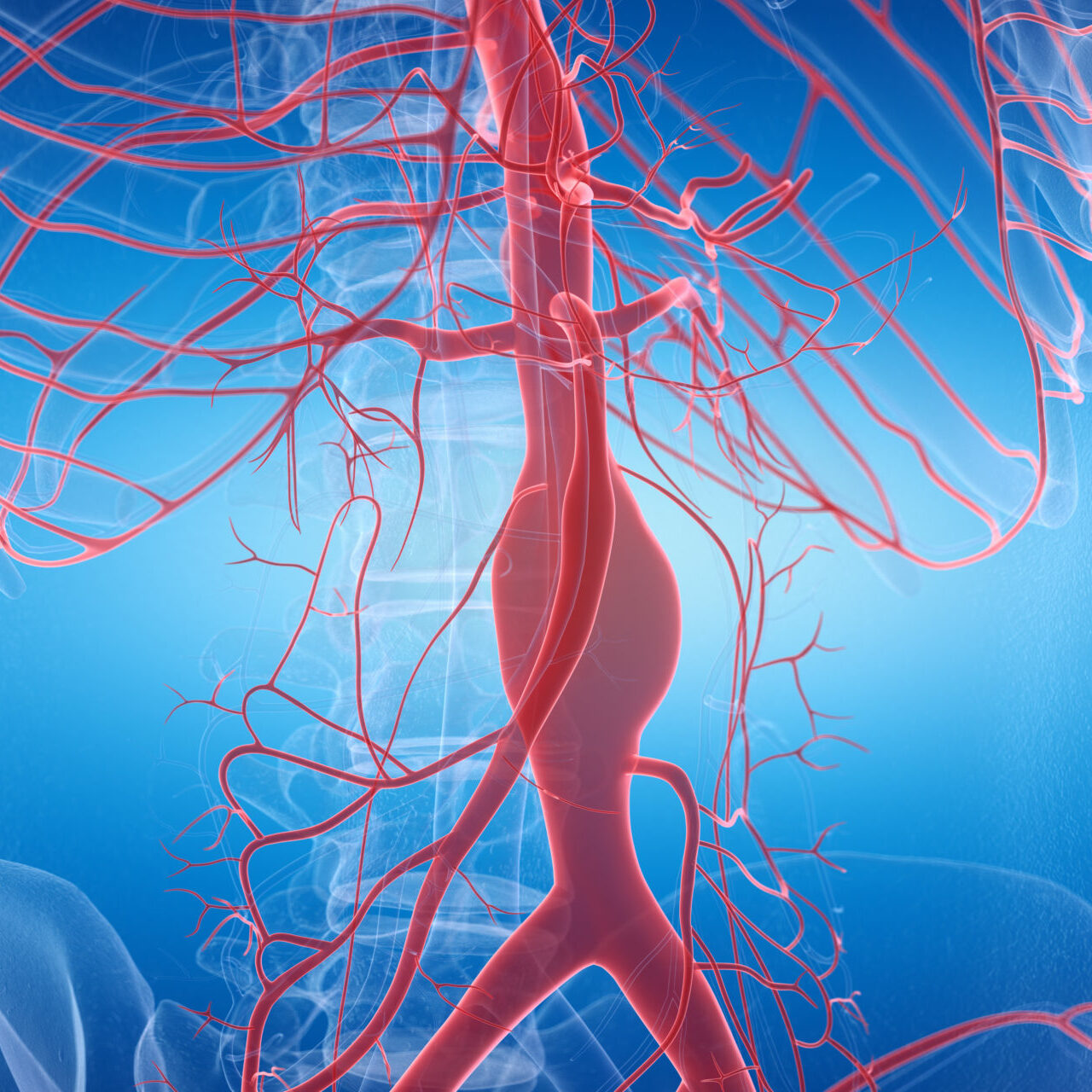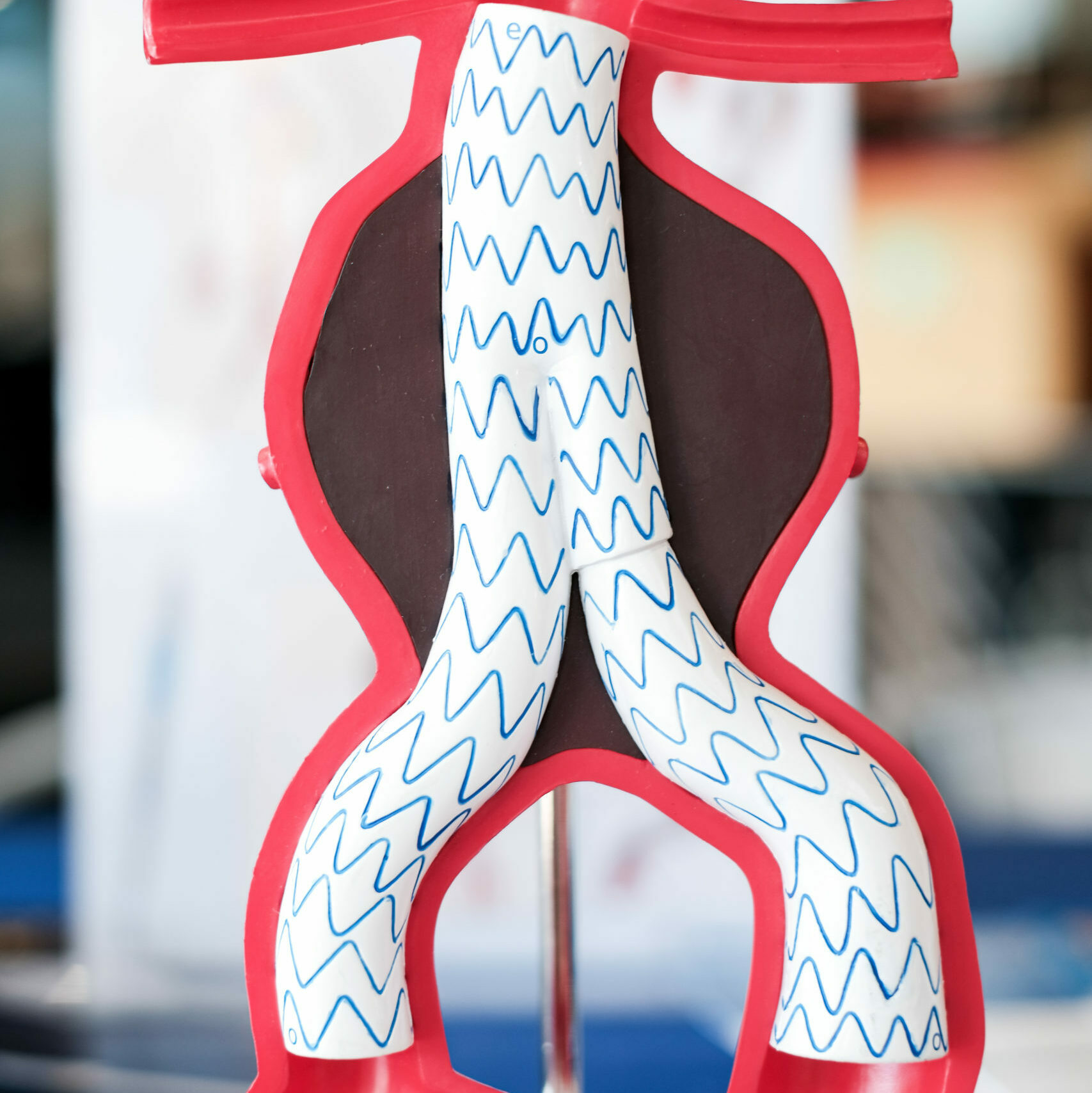What is abdominal aortic aneurysm?
Abdominal aortic aneurysm is also known as AAA. It occurs when a part of the main artery in the abdomen, the aorta, grows larger than normal. Other arteries in the body can also develop into aneurysms, such as the aorta in the chest and the leg arteries. Sometimes there is a relationship between these aneurysms and brain aneurysms.
Why is AAA a problem?
AAAs gradually increase in size over a time frame of many years. As the size increases, the risk of rupture or bursting rises. When a rupture occurs there is often massive bleeding, causing a life-threatening emergency.


What is my risk?
AAA is much more common in males than females, by a ratio of 3:1. Family history also plays a strong part, for example, if a mother has an AAA, there is a significantly higher risk of her children developing aneurysms. In the case of males, the higher risk is in their brothers and not their children.
Other risk factors include smoking, hypertension and age. Sometimes conditions such as trauma and infection can cause aneurysms.
How do I know I have a AAA?
Detection of most AAAs is commonly by accident during a scan of the abdomen for another medical reason, such as indigestion, suspected gallstone or part of bowel screening.
AAAs usually grow slowly and as a result, most people do not know they have them until they become large and at risk of rupture. Some patients can be aware of a pulsing in their abdomens, especially in bed at night. Signs of impending rupture may be worsening, continuous back pain, which is new or different from any existing chronic lower back pain.
What treatments are available?
The management of small aneurysms, less than 5cm from side-to-side, is usually by regular ultrasound scan observation. When the size of an AAA goes over the 5cm mark, the risk of rupture starts to increase and at that stage discussion about treatment will begin.
There are two types of aneurysm treatment. In younger and fitter patients, open surgical repair will be recommended. This is the best treatment for this group of patients who have many years of life ahead of them.
For older, less fit patients, an aneurysm stent, also called endovascular aortic aneurysm repair (EVAR), is often the best treatment, as long as the shape of the aneurysm is suitable. This is a minimally invasive procedure, with quicker recovery. Afterwards, however, the aneurysm will need close ultrasound scan monitoring.
